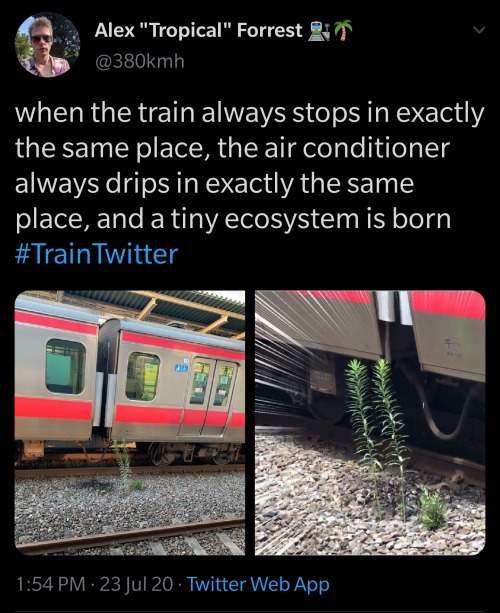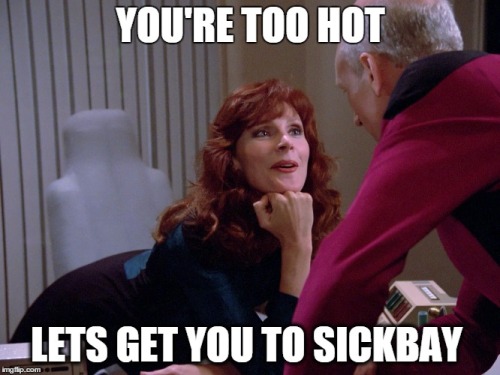Largest Batch Of Earth-size, Habitable Zone Planets
Largest Batch of Earth-size, Habitable Zone Planets
Our Spitzer Space Telescope has revealed the first known system of seven Earth-size planets around a single star. Three of these planets are firmly located in an area called the habitable zone, where liquid water is most likely to exist on a rocky planet.

This exoplanet system is called TRAPPIST-1, named for The Transiting Planets and Planetesimals Small Telescope (TRAPPIST) in Chile. In May 2016, researchers using TRAPPIST announced they had discovered three planets in the system.

Assisted by several ground-based telescopes, Spitzer confirmed the existence of two of these planets and discovered five additional ones, increasing the number of known planets in the system to seven.

This is the FIRST time three terrestrial planets have been found in the habitable zone of a star, and this is the FIRST time we have been able to measure both the masses and the radius for habitable zone Earth-sized planets.
All of these seven planets could have liquid water, key to life as we know it, under the right atmospheric conditions, but the chances are highest with the three in the habitable zone.

At about 40 light-years (235 trillion miles) from Earth, the system of planets is relatively close to us, in the constellation Aquarius. Because they are located outside of our solar system, these planets are scientifically known as exoplanets. To clarify, exoplanets are planets outside our solar system that orbit a sun-like star.

In this animation, you can see the planets orbiting the star, with the green area representing the famous habitable zone, defined as the range of distance to the star for which an Earth-like planet is the most likely to harbor abundant liquid water on its surface. Planets e, f and g fall in the habitable zone of the star.
Using Spitzer data, the team precisely measured the sizes of the seven planets and developed first estimates of the masses of six of them. The mass of the seventh and farthest exoplanet has not yet been estimated.

For comparison…if our sun was the size of a basketball, the TRAPPIST-1 star would be the size of a golf ball.
Based on their densities, all of the TRAPPIST-1 planets are likely to be rocky. Further observations will not only help determine whether they are rich in water, but also possibly reveal whether any could have liquid water on their surfaces.
The sun at the center of this system is classified as an ultra-cool dwarf and is so cool that liquid water could survive on planets orbiting very close to it, closer than is possible on planets in our solar system. All seven of the TRAPPIST-1 planetary orbits are closer to their host star than Mercury is to our sun.

The planets also are very close to each other. How close? Well, if a person was standing on one of the planet’s surface, they could gaze up and potentially see geological features or clouds of neighboring worlds, which would sometimes appear larger than the moon in Earth’s sky.

The planets may also be tidally-locked to their star, which means the same side of the planet is always facing the star, therefore each side is either perpetual day or night. This could mean they have weather patterns totally unlike those on Earth, such as strong wind blowing from the day side to the night side, and extreme temperature changes.

Because most TRAPPIST-1 planets are likely to be rocky, and they are very close to one another, scientists view the Galilean moons of Jupiter – lo, Europa, Callisto, Ganymede – as good comparisons in our solar system. All of these moons are also tidally locked to Jupiter. The TRAPPIST-1 star is only slightly wider than Jupiter, yet much warmer.
How Did the Spitzer Space Telescope Detect this System?
Spitzer, an infrared telescope that trails Earth as it orbits the sun, was well-suited for studying TRAPPIST-1 because the star glows brightest in infrared light, whose wavelengths are longer than the eye can see. Spitzer is uniquely positioned in its orbit to observe enough crossing (aka transits) of the planets in front of the host star to reveal the complex architecture of the system.

Every time a planet passes by, or transits, a star, it blocks out some light. Spitzer measured the dips in light and based on how big the dip, you can determine the size of the planet. The timing of the transits tells you how long it takes for the planet to orbit the star.

The TRAPPIST-1 system provides one of the best opportunities in the next decade to study the atmospheres around Earth-size planets. Spitzer, Hubble and Kepler will help astronomers plan for follow-up studies using our upcoming James Webb Space Telescope, launching in 2018. With much greater sensitivity, Webb will be able to detect the chemical fingerprints of water, methane, oxygen, ozone and other components of a planet’s atmosphere.
At 40 light-years away, humans won’t be visiting this system in person anytime soon…that said…this poster can help us imagine what it would be like:

Make sure to follow us on Tumblr for your regular dose of space: http://nasa.tumblr.com
More Posts from Earthbending-sjw and Others








Fourth in a series I of comics about protesting safety tips I made with @this.is.ysabel . This one is about the dangers of police surveillance and how to avoid it if possible. Keep being safe when you go out. Don’t get snatched!

Art by @jamesreads - the universal traveler, changing, folding, becoming something else. Motion by TheGlitch @illusion911

me: the stars are beautiful tonight
you: yeah
me: you know what else is beautiful
you: (blushing) what?
me: the moon. the planets. the rest of the galaxy. i fucking love space
![[x]](https://64.media.tumblr.com/29bce261611ce645164f48db408e1a0c/tumblr_o76h7qYq0n1sstavyo1_500.jpg)
[x]






Photos from the Saturn system, taken by the Cassini Spacecraft in November and December 2015. From top; crescent Tethys, Enceladus behind Dione, small moons Epimetheus, Prometheus, and Atlas, and an alignment of Enceladus and Tethys. What magnificent worlds!
“Why do people like a character who’s committed war crimes but hate this other character just because they’re annoying” because it’s fiction Susan, and being annoying in fiction is a greater sin than being a supervillain, because it won’t make me want to read about them. It isn’t difficult to understand

It’s that time of year <3

I’m hilarious
i think the coolest thing would be to see a new color
-
 nightmare-xlife reblogged this · 6 months ago
nightmare-xlife reblogged this · 6 months ago -
 nightmare-xlife liked this · 6 months ago
nightmare-xlife liked this · 6 months ago -
 wakayume liked this · 8 months ago
wakayume liked this · 8 months ago -
 l-nothinghere-l liked this · 1 year ago
l-nothinghere-l liked this · 1 year ago -
 kid-crayon liked this · 1 year ago
kid-crayon liked this · 1 year ago -
 lemaquillage liked this · 1 year ago
lemaquillage liked this · 1 year ago -
 imgudahevi liked this · 1 year ago
imgudahevi liked this · 1 year ago -
 sunbtidirag liked this · 1 year ago
sunbtidirag liked this · 1 year ago -
 mounworkprodan liked this · 1 year ago
mounworkprodan liked this · 1 year ago -
 bigjerkart liked this · 1 year ago
bigjerkart liked this · 1 year ago -
 luminoussphereofplasma reblogged this · 1 year ago
luminoussphereofplasma reblogged this · 1 year ago -
 evenica liked this · 1 year ago
evenica liked this · 1 year ago -
 iwillhaveamoonbase liked this · 2 years ago
iwillhaveamoonbase liked this · 2 years ago -
 damagedman liked this · 2 years ago
damagedman liked this · 2 years ago -
 ridazzle reblogged this · 2 years ago
ridazzle reblogged this · 2 years ago -
 ridazzle liked this · 2 years ago
ridazzle liked this · 2 years ago -
 antagonisttendencies reblogged this · 2 years ago
antagonisttendencies reblogged this · 2 years ago -
 pulchriate liked this · 2 years ago
pulchriate liked this · 2 years ago -
 g1itchb0y-advanced reblogged this · 2 years ago
g1itchb0y-advanced reblogged this · 2 years ago -
 g1itchb0y-advanced liked this · 2 years ago
g1itchb0y-advanced liked this · 2 years ago -
 usummonedme liked this · 2 years ago
usummonedme liked this · 2 years ago
Climate Justice Organizer | Dark Academia Enthusiast | Writer
151 posts